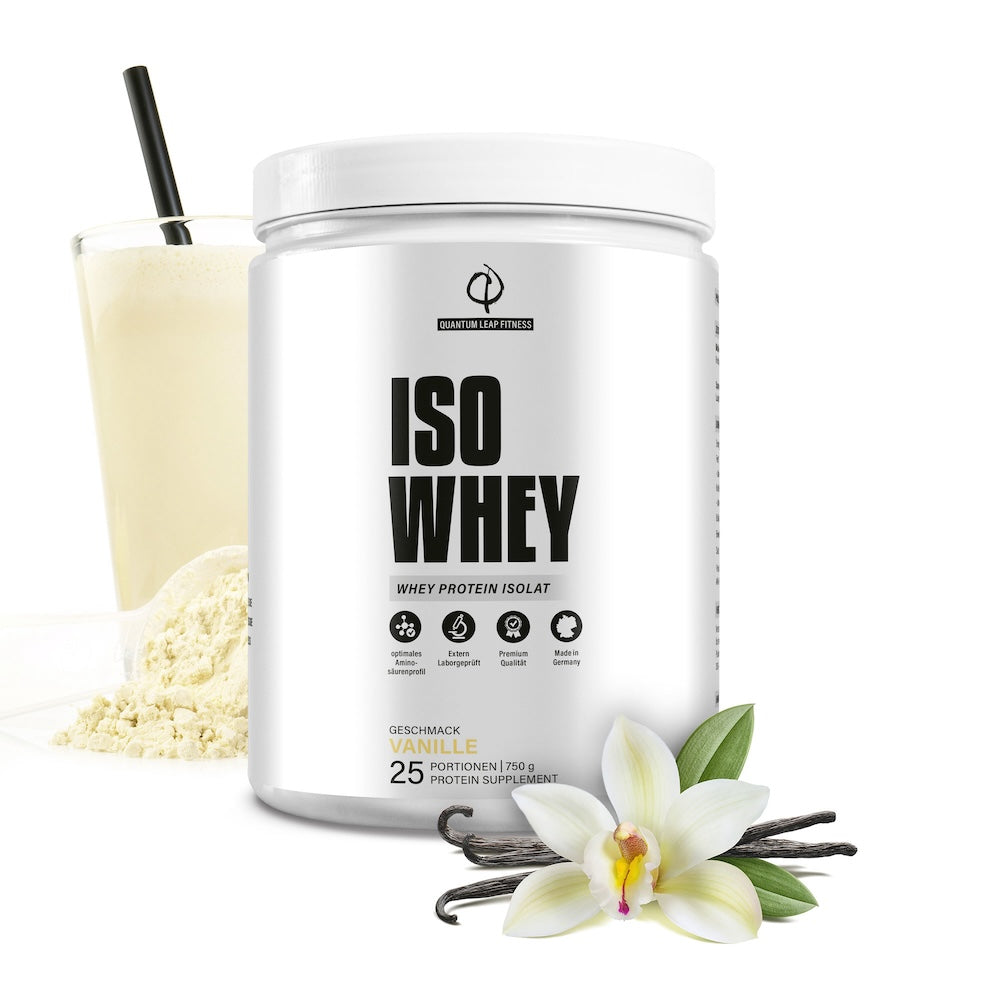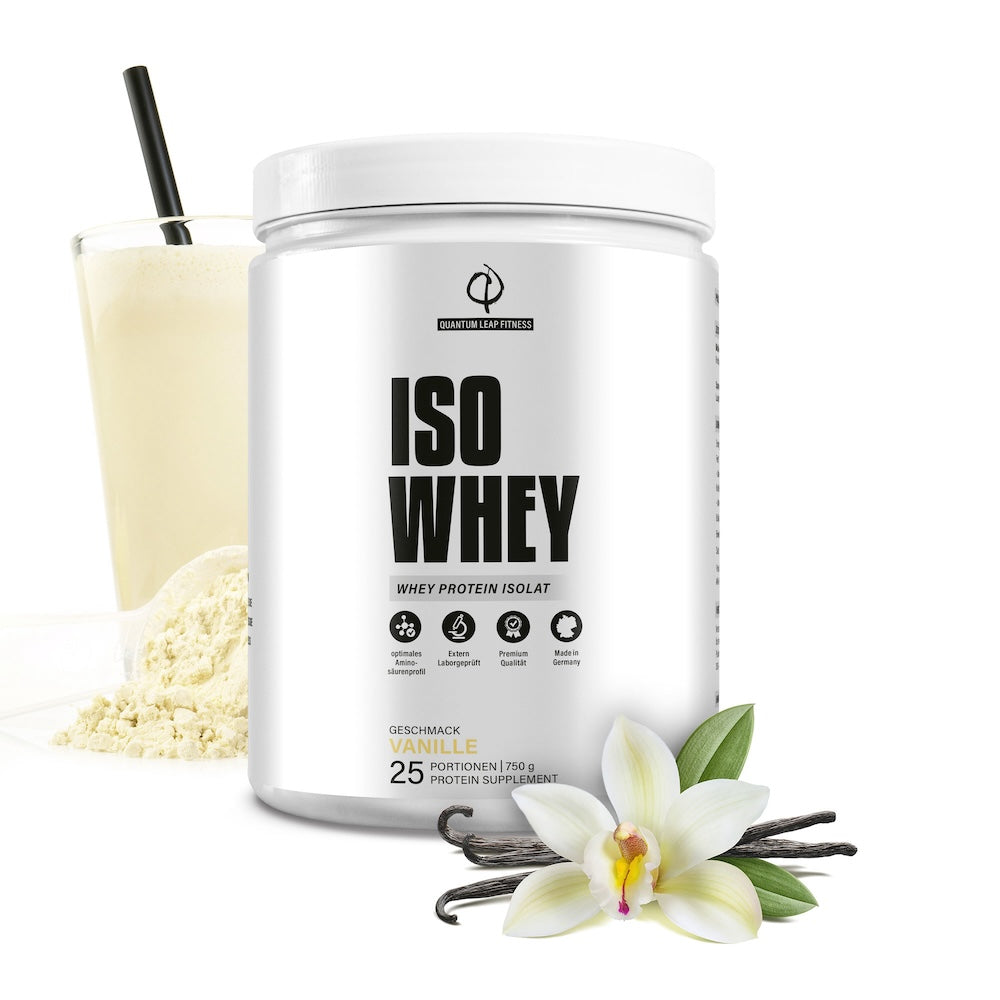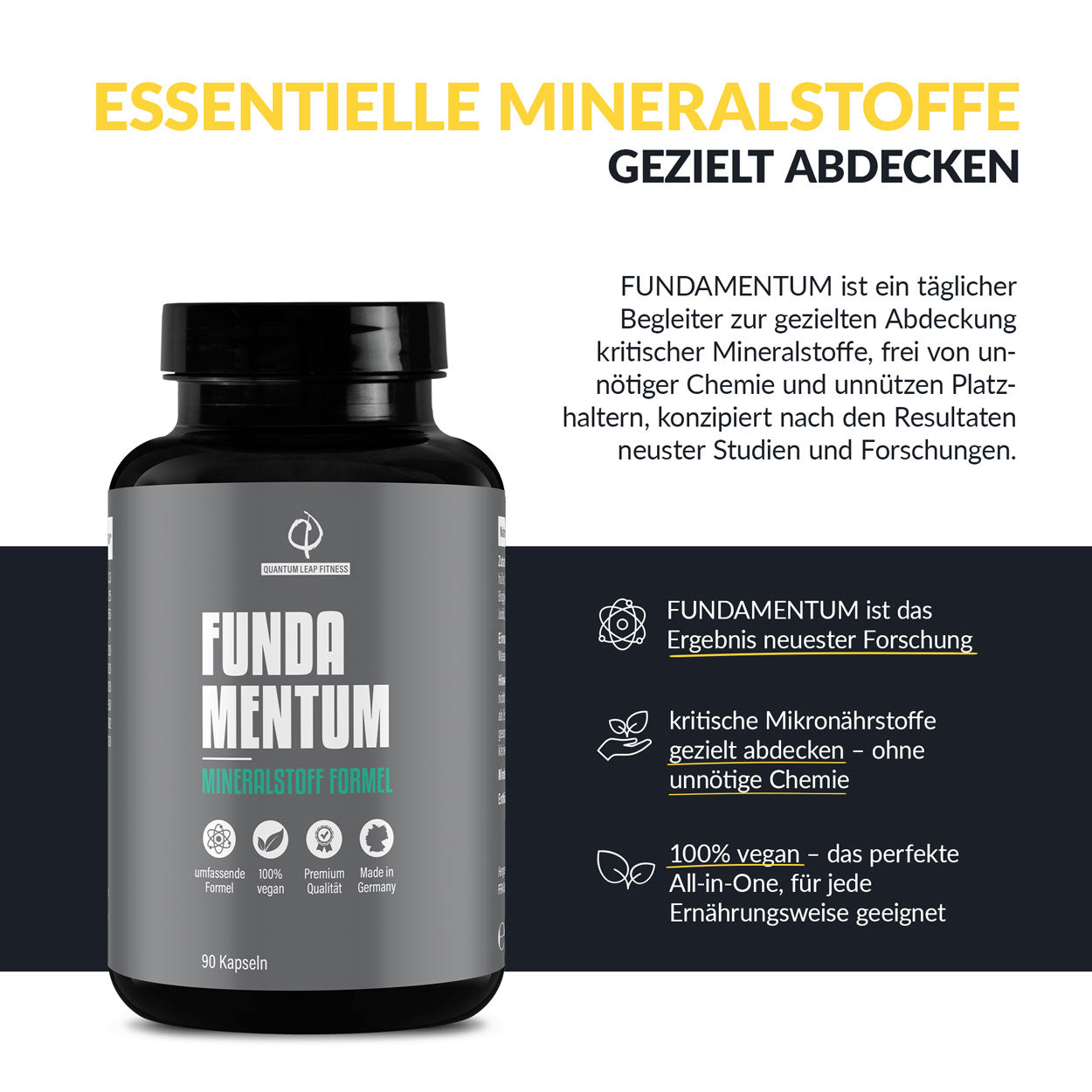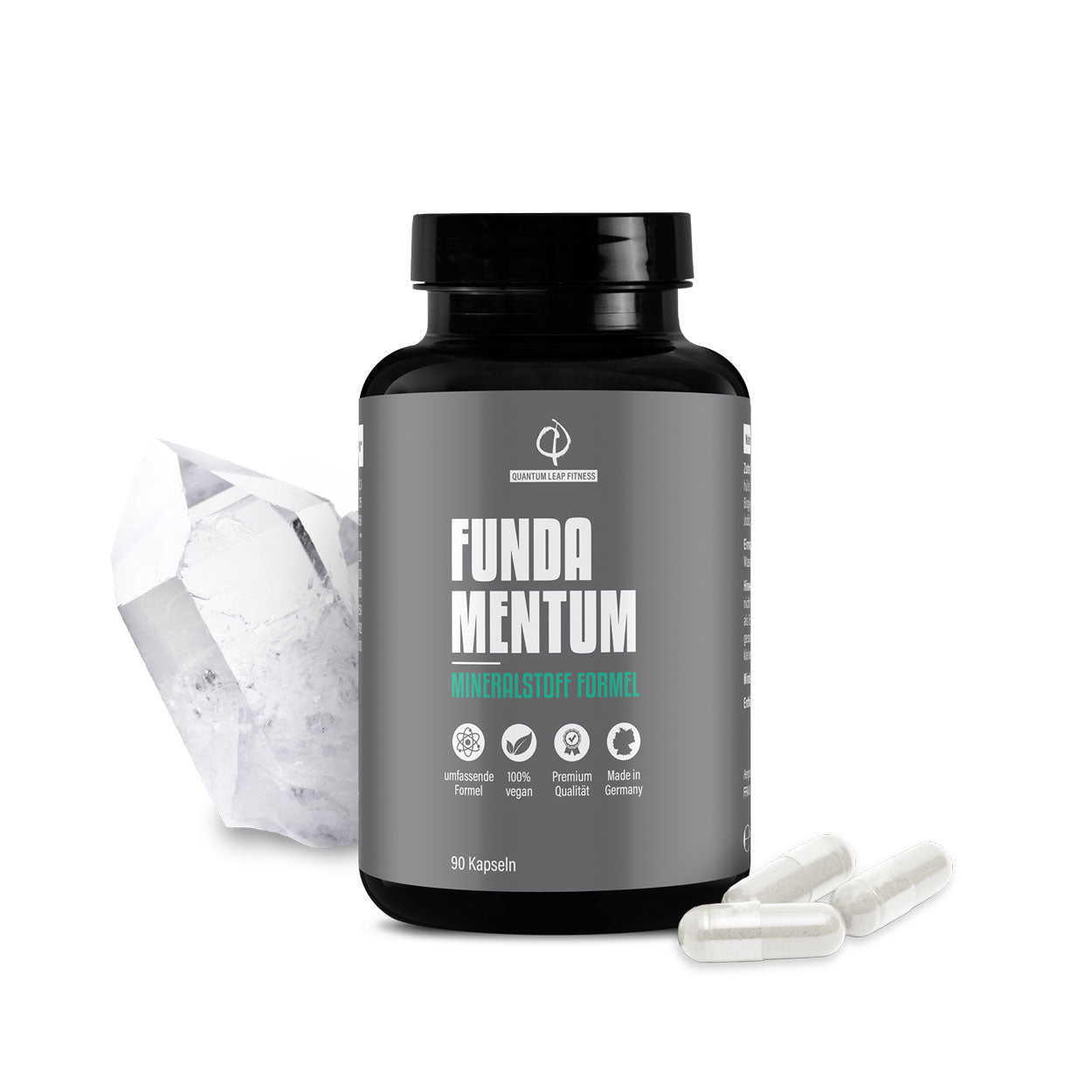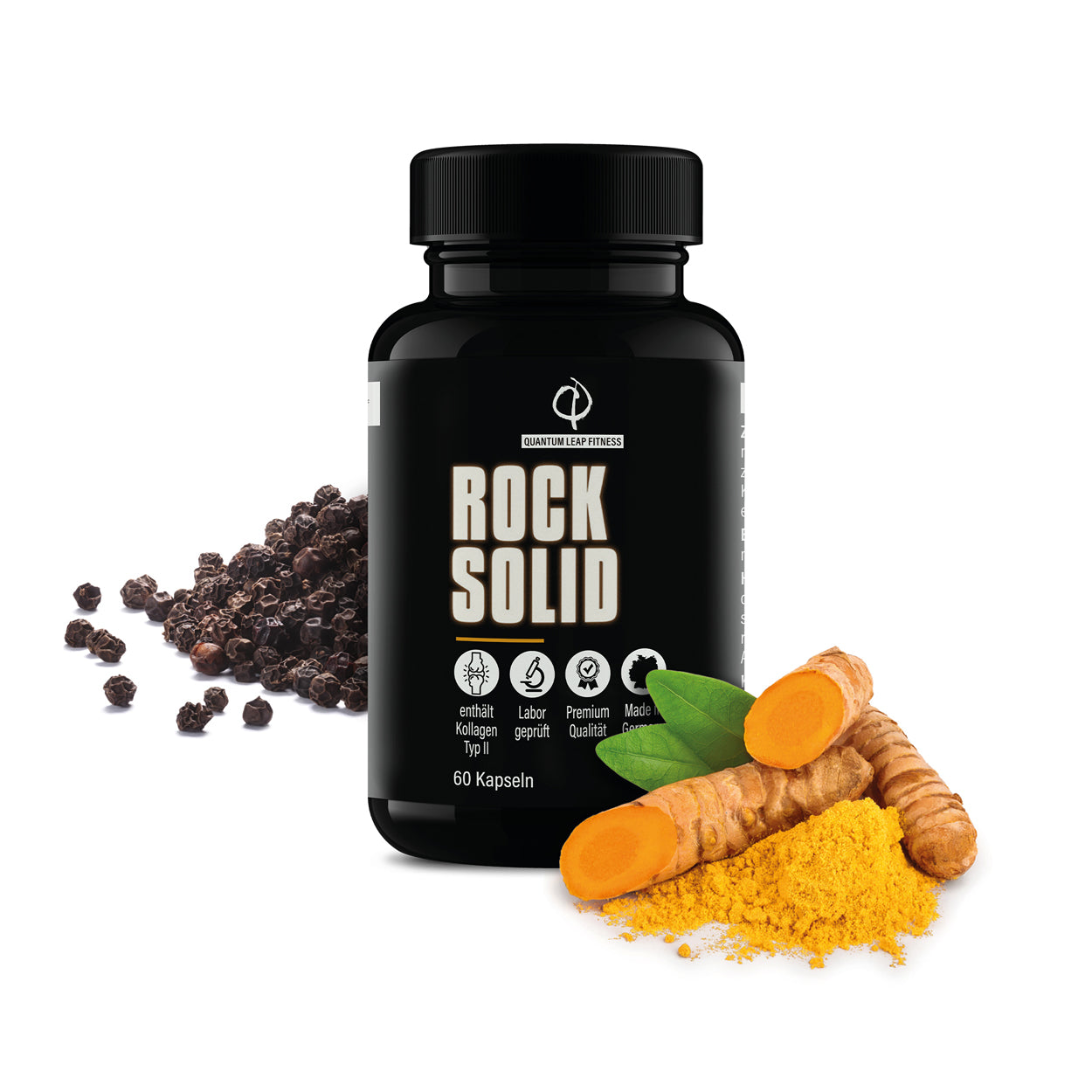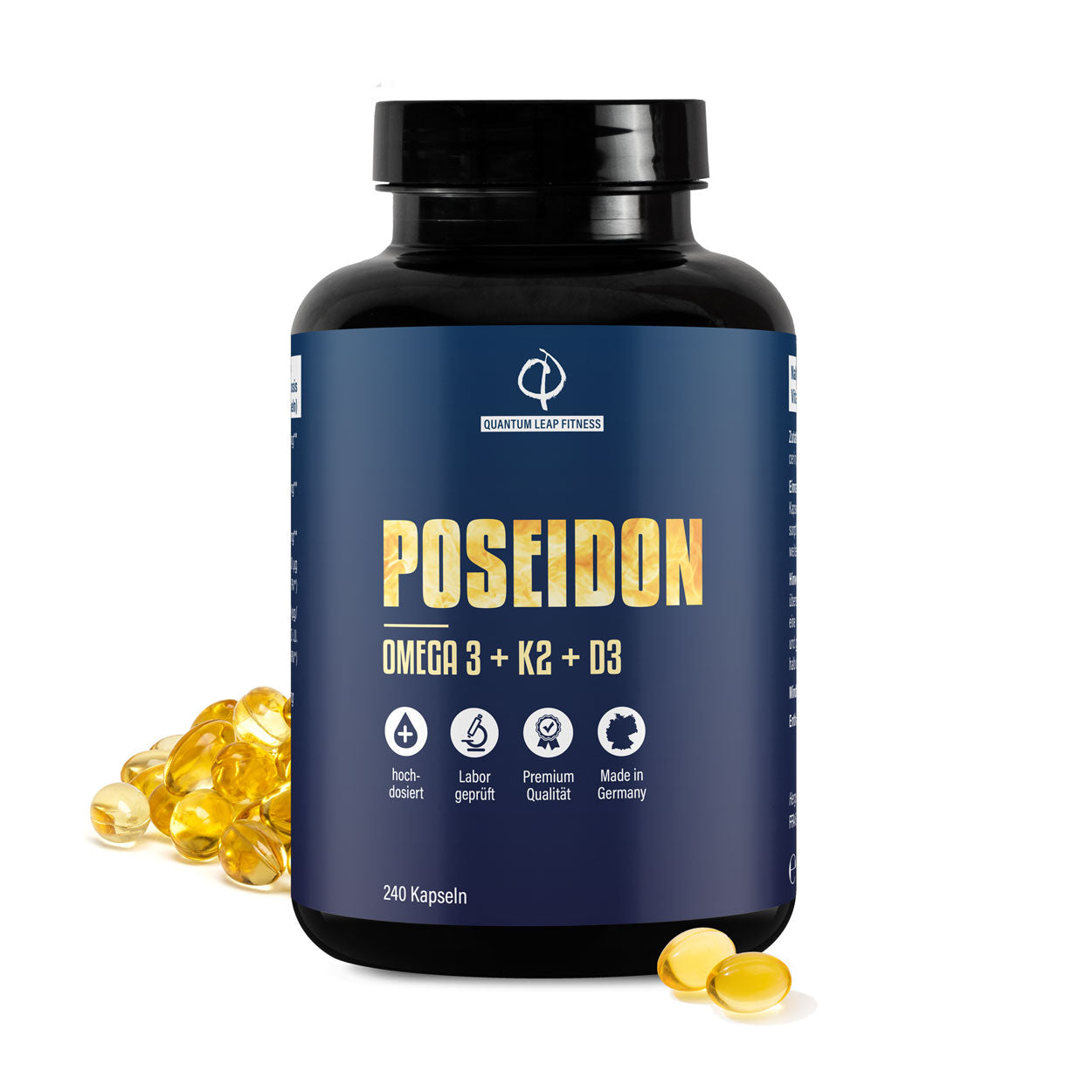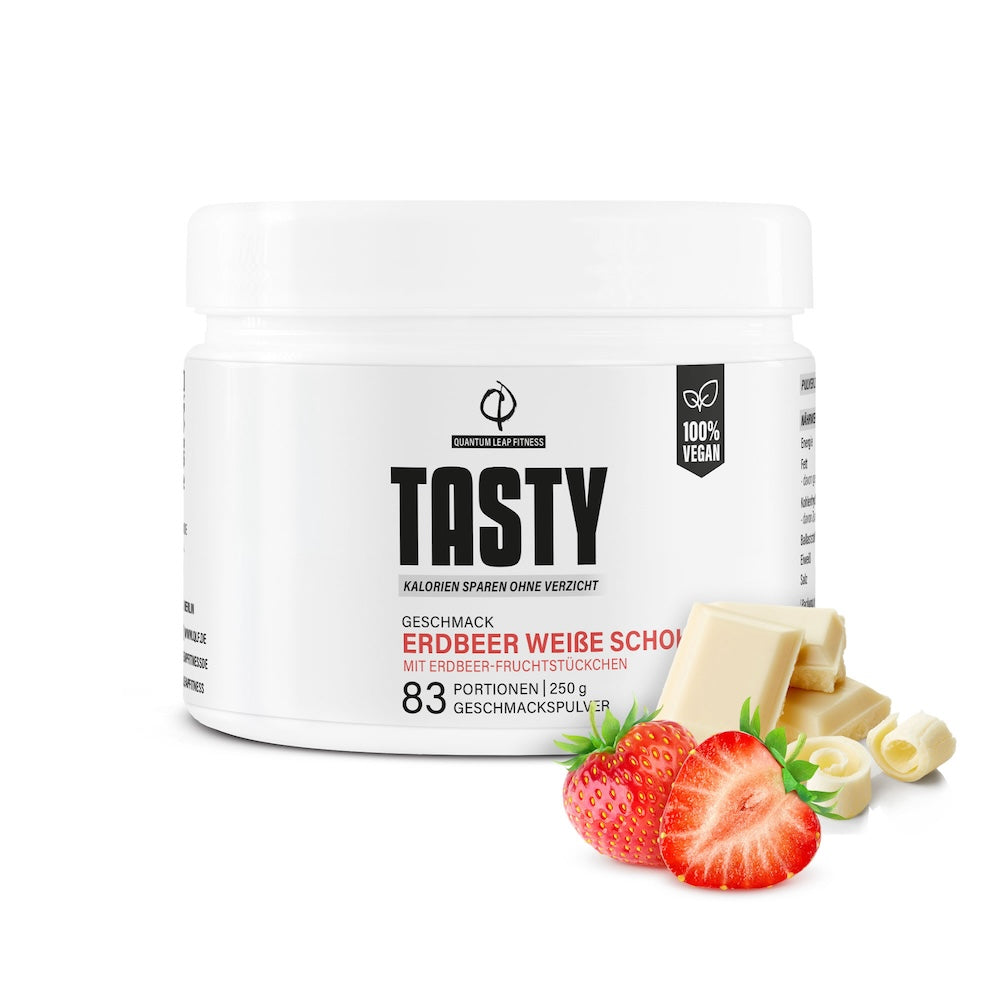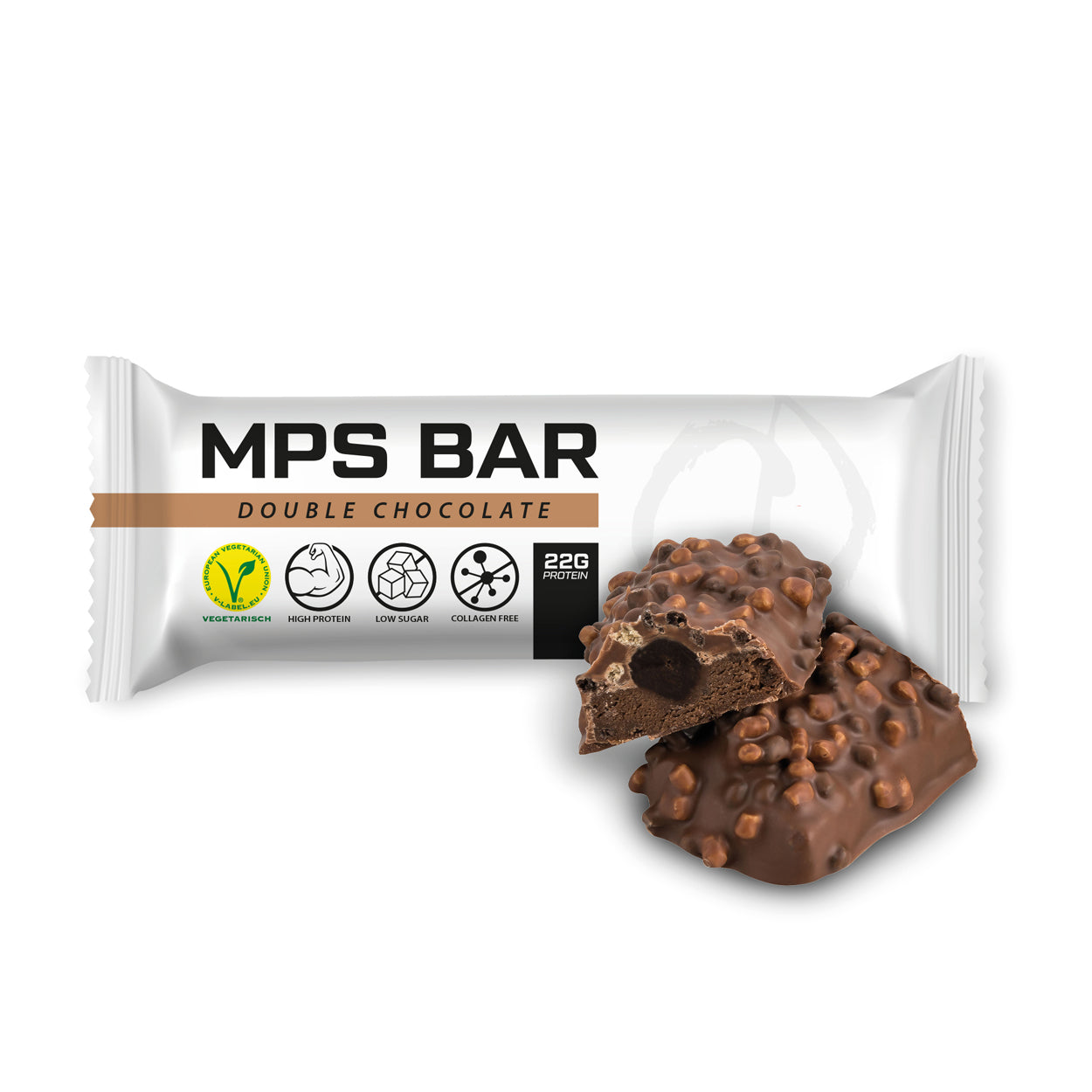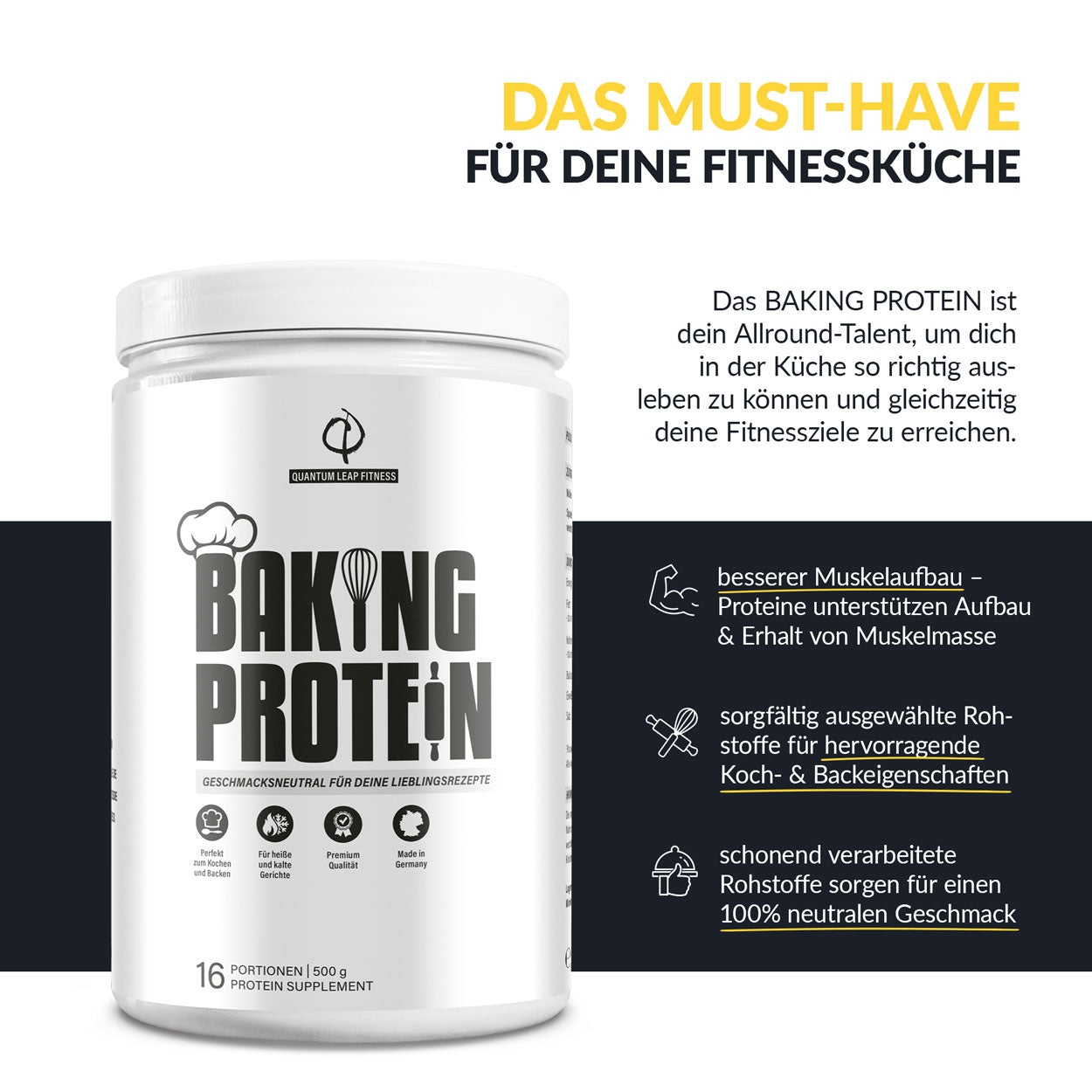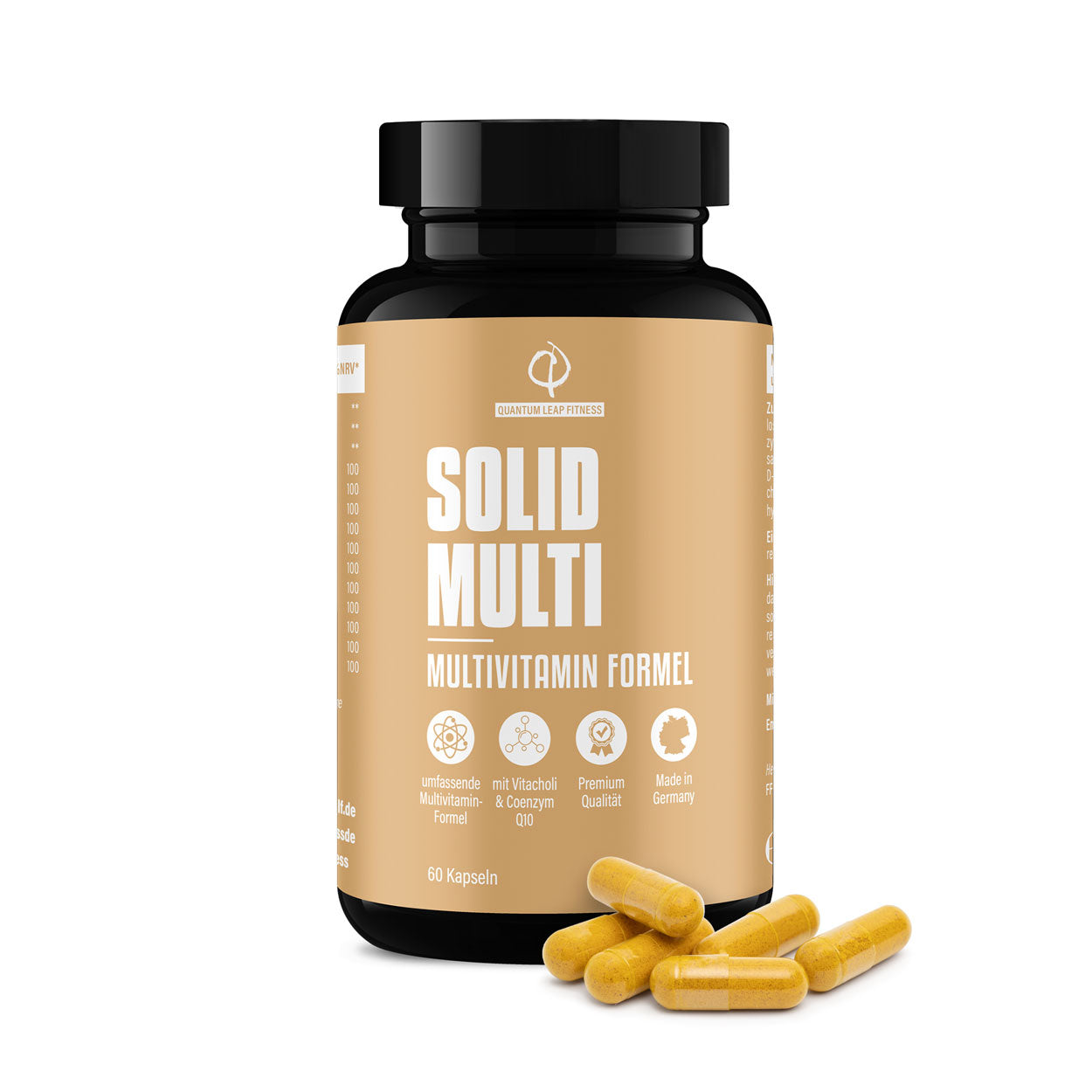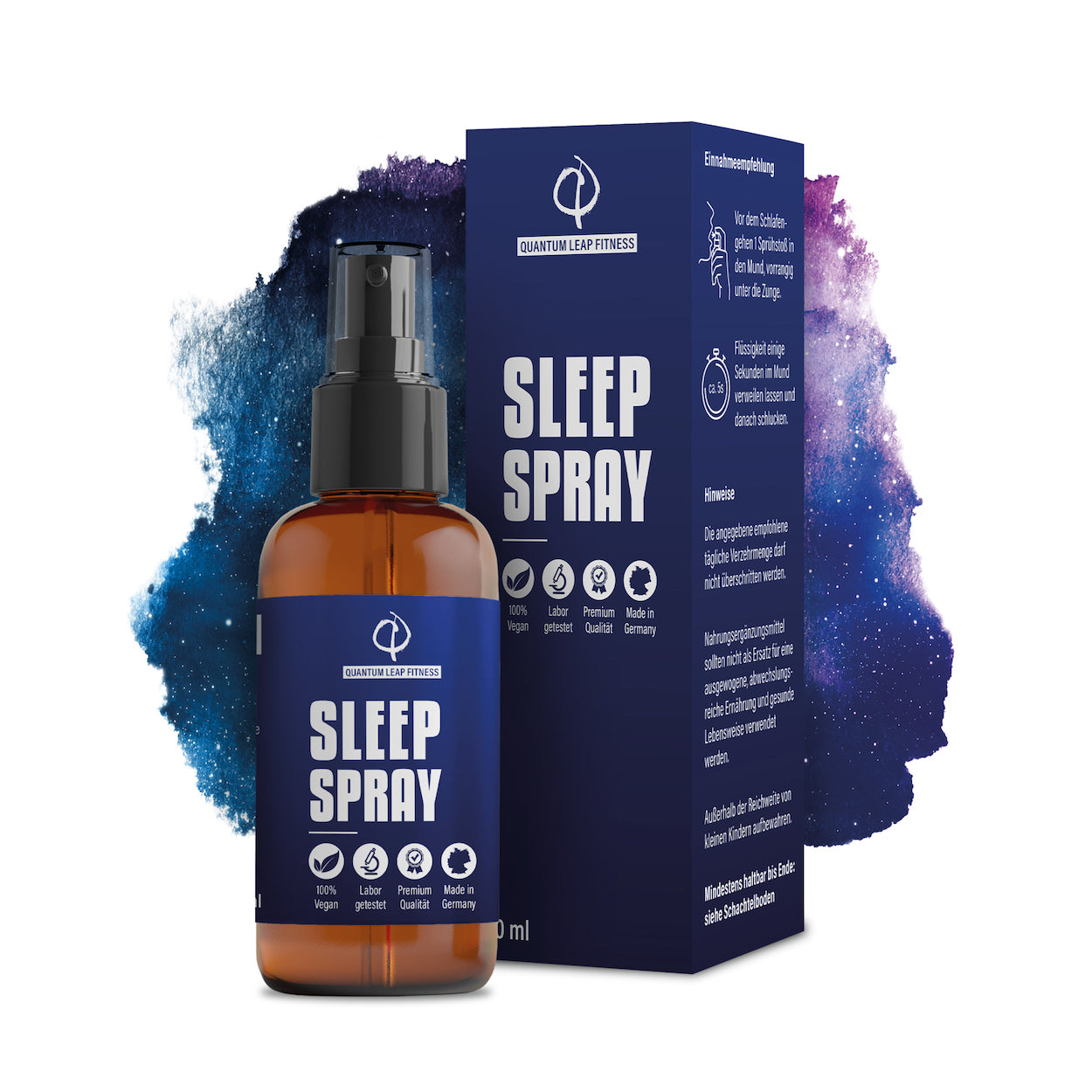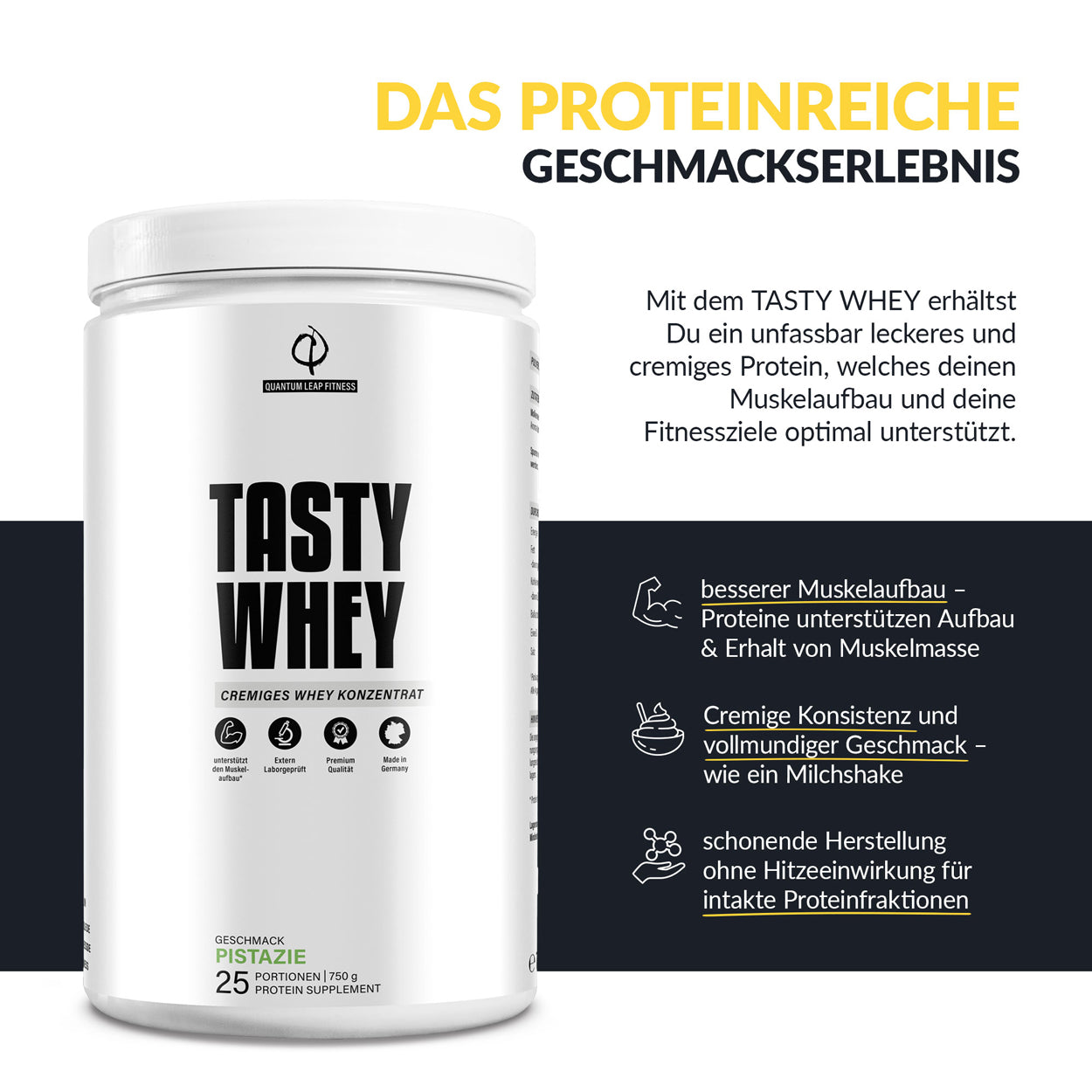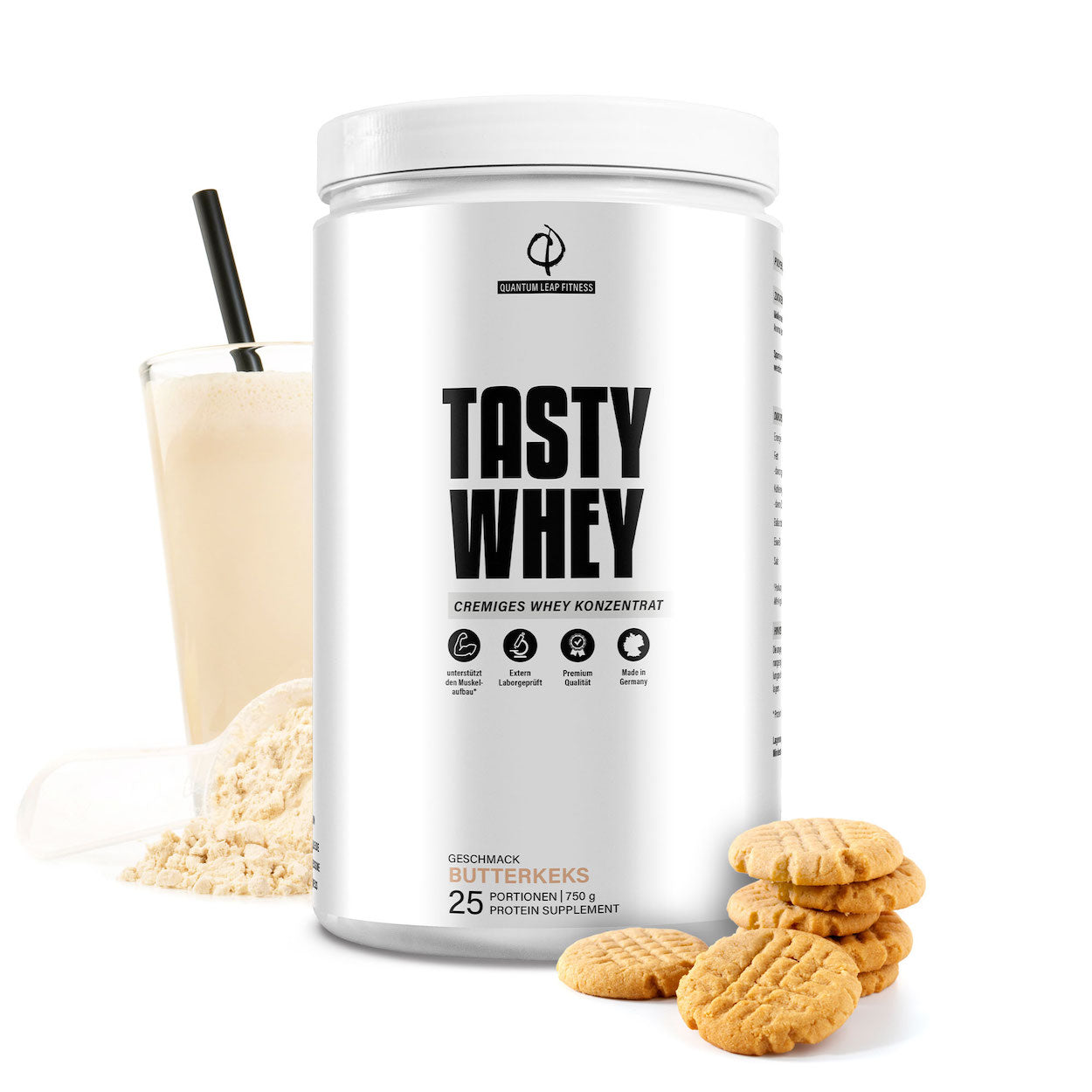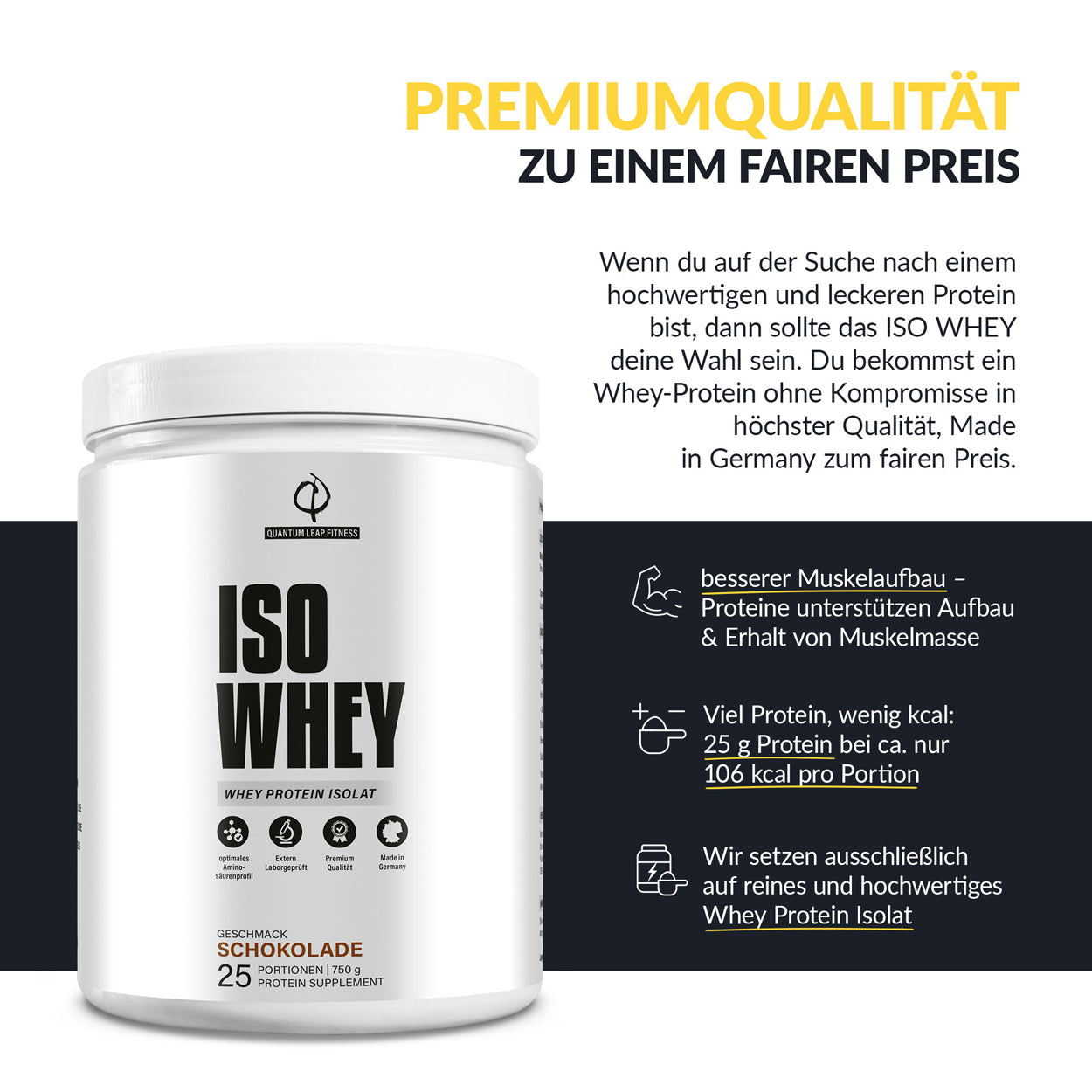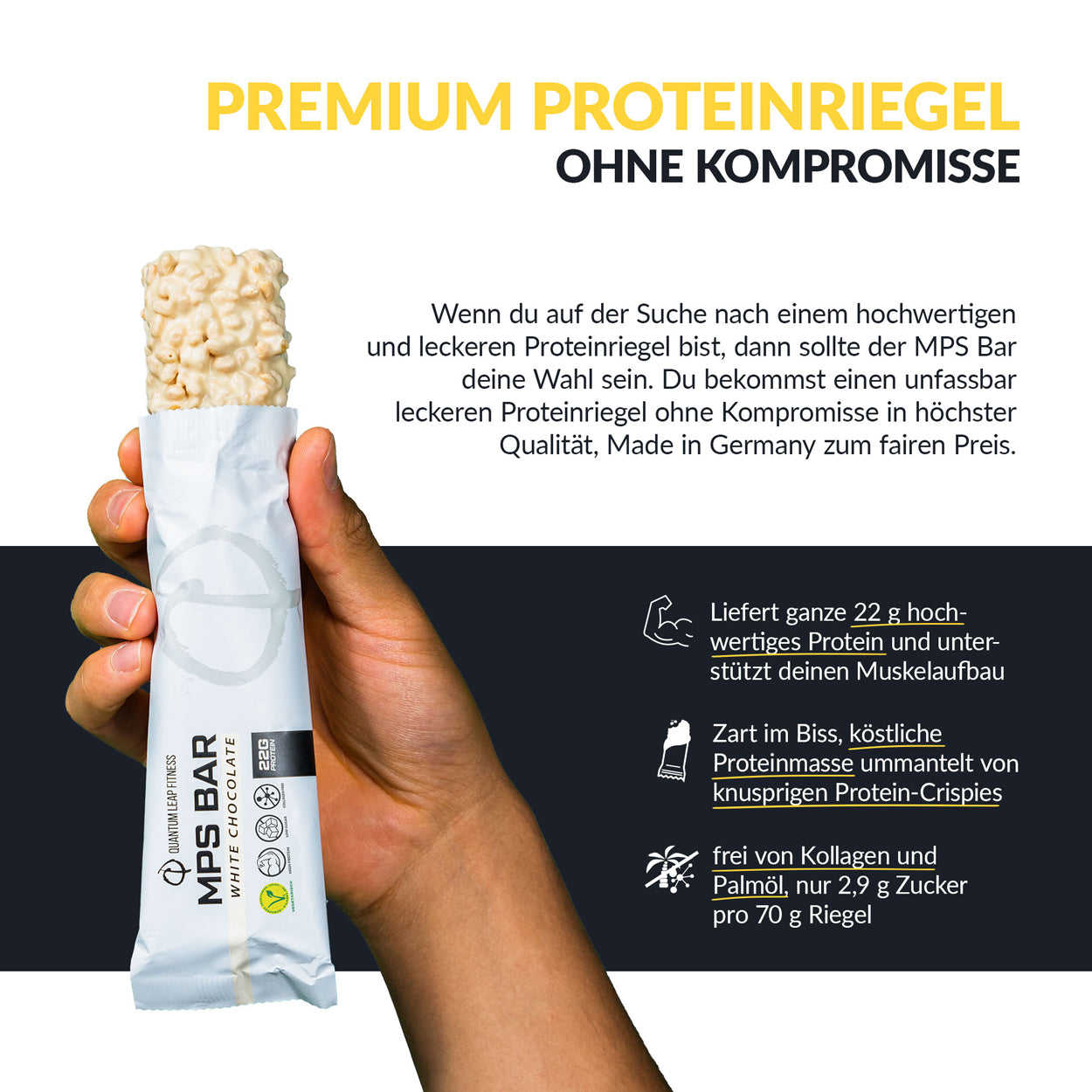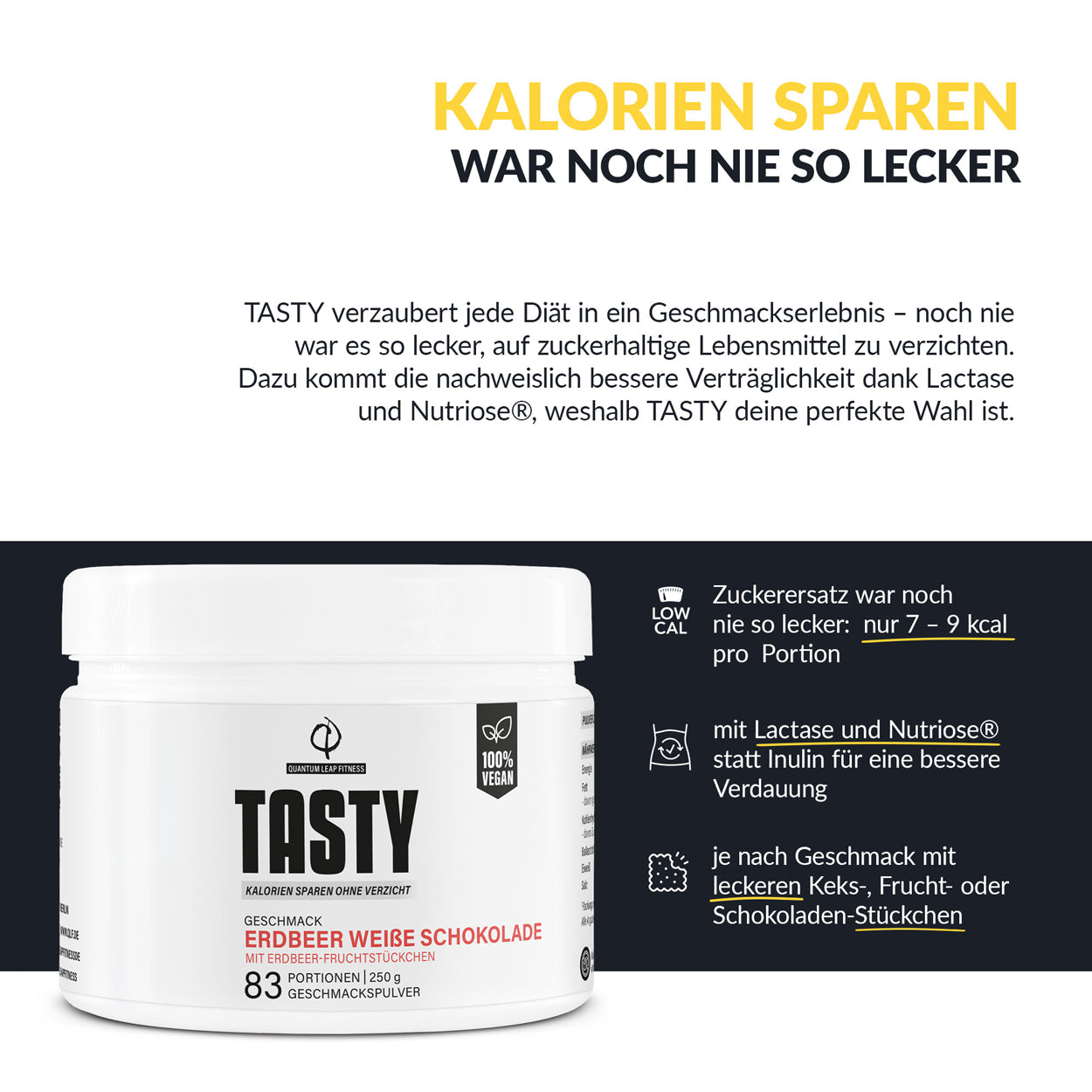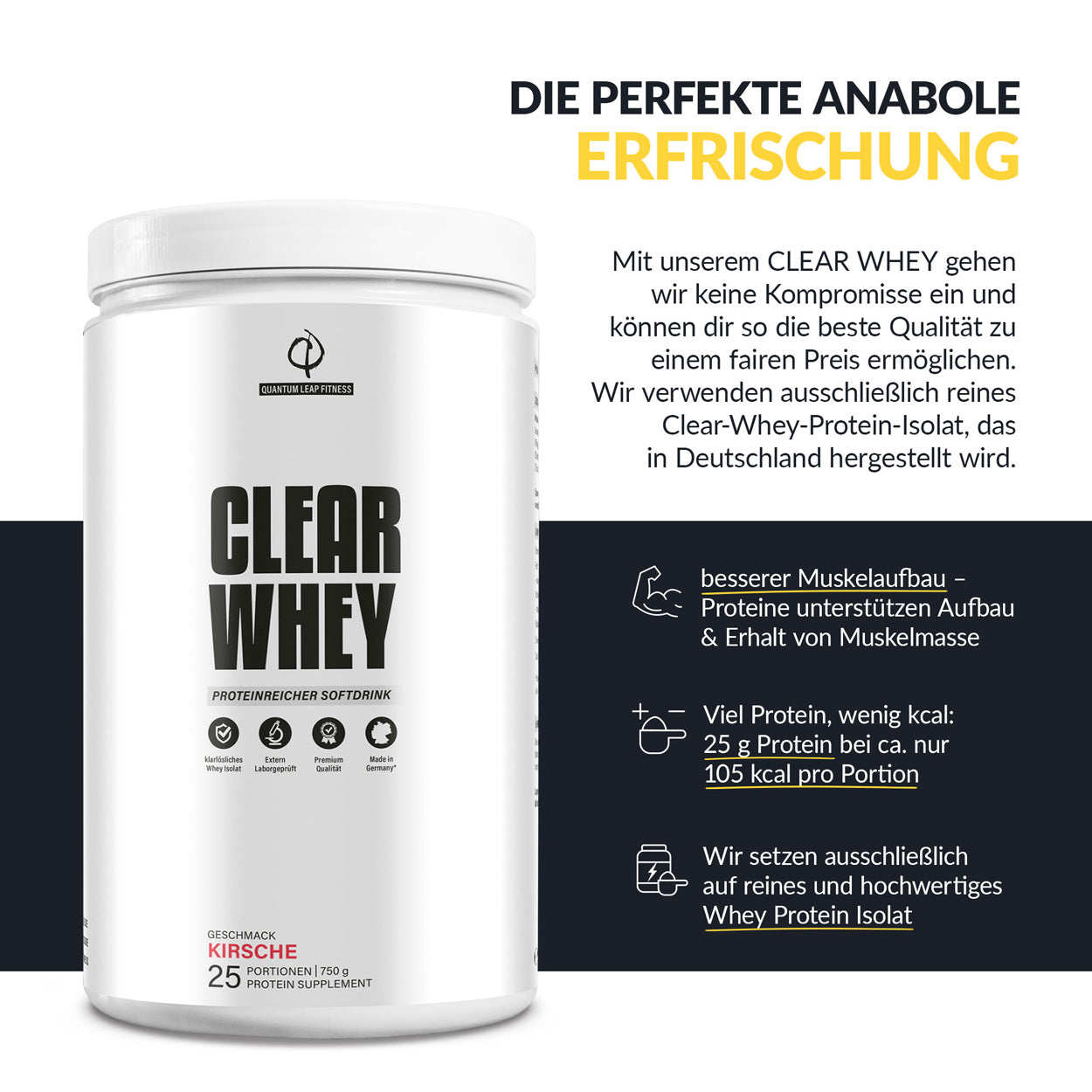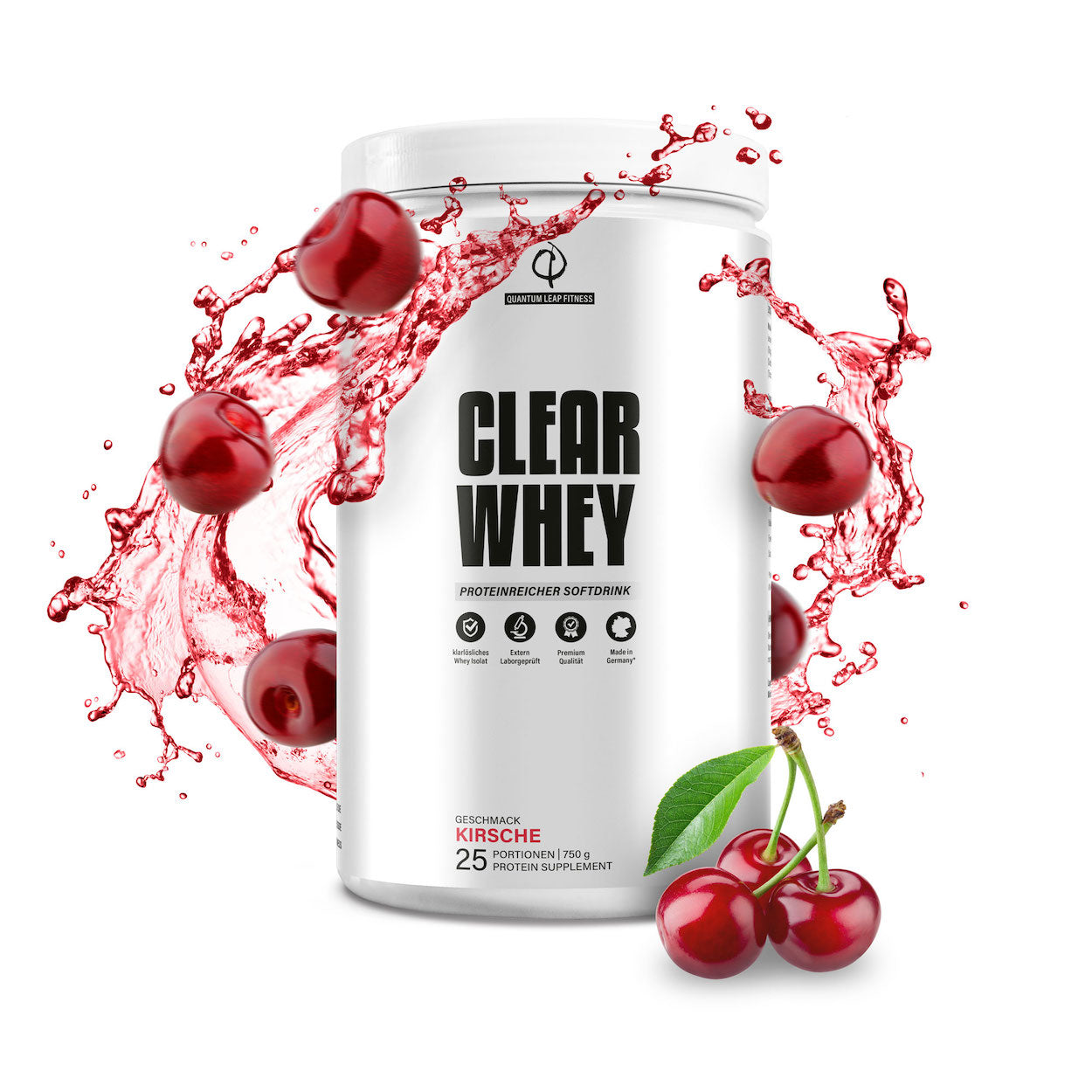





Solid Gut
Darmkomplex
Nährwerte & Zutaten
| Durchschnittlicher Gehalt | Pro 100g | Pro Portion¹ (9g) | Pro Tagesportion¹ (18g) |
|---|---|---|---|
| L-Glutamin | 55,7 g | 5 g | 10 g |
| Resistentes Maisdextrin (Nutriose®) | 16,7 g | 2,4 g | 4,8 g |
| Akazienfaser (Fibregum®) | 0,2 g | 1,5 g | 3,0 g |
| DigeZyme® Multienzym-Komplex | 835 mg | 75,0 mg | 150 mg |
| 8,35 mg | 750 μg | 1,5 mg | |
| 8,35 mg | 750 μg | 1,5 mg | |
| 8,35 mg | 750 μg | 1,5 mg | |
| 8,35 mg | 750 μg | 1,5 mg | |
| 8,35 mg | 750 μg | 1,5 mg | |
| Alpha-Galactosidase 300 GALU/g | 140 mg | 12,5 mg | 25 mg |
¹Eine Einzelportion entspricht 9 g in 200 ml Wasser, eine Tagesportion entspricht 2 Einzelportionen. Ergibt 60 Einzelportionen, bzw. 30 Tagesportionen pro Verpackung.
L-Glutamin, Resistentes Maisdextrin (Nutriose® FM06), Akazienfaser (Fibregum®), DigeZyme® Multienzym-Komplex (Alpha-Amylase, Protease, Cellulase, Laktase, Lipase), Alpha Galactosidase.
Spuren von Milch, Soja, Ei, Schalenfrüchte, Fisch, Lupine und Gluten können nicht ausgeschlossen werden.
Verzehrempfehlung
Das SOLID GUT nimmst du idealerweise zusammen mit einer Mahlzeit ein. Da es geschmacksneutral ist, lässt es sich ideal auch mit anderen Shakes, wie dem MILON PRO kombinieren.
Zweimal täglich 9 g Pulver (jeweils 1 gehäufter Messlöffel) in ca. 200 ml Wasser oder einer Flüssigkeit Deiner Wahl einrühren.
Studien & Referenzen
- Costa, R. J. S., et al. "Systematic review: exercise‐induced gastrointestinal syndrome—implications for health and intestinal disease." Alimentary pharmacology & therapeutics 46.3 (2017): 246-265.
- Chantler, Sarah, et al. "The effects of exercise on indirect markers of gut damage and permeability: a systematic review and meta-analysis." Sports Medicine 51.1 (2021): 113-124.
- Riddoch, C., and T. Trinick. "Gastrointestinal disturbances in marathon runners." British journal of sports medicine 22.2 (1988): 71-74.
- Jeukendrup, A. E., et al. "Relationship between gastro-intestinal complaints and endotoxaemia, cytokine release and the acute-phase reaction during and after a long-distance triathlon in highly trained men." Clinical science 98.1 (2000): 47-55.
- Costa, Ricardo JS, et al. "Exertional-heat stress-associated gastrointestinal perturbations during Olympic sports: Management strategies for athletes preparing and competing in the 2020 Tokyo Olympic Games." Temperature 7.1 (2020): 58-88.
- Sheahen, Brodie L., et al. "Intestinal damage following short-duration exercise at the same relative intensity is similar in temperate and hot environments." Applied physiology, nutrition, and metabolism 43.12 (2018): 1314-1320.
- Konturek, Peter C., T. Brzozowski, and S. J. Konturek. "Stress and the gut: pathophysiology, clinical consequences, diagnostic approach and treatment options." J Physiol Pharmacol 62.6 (2011): 591-9.
- Sun, Yue, et al. "Stress triggers flare of inflammatory bowel disease in children and adults." Frontiers in pediatrics 7 (2019): 432.
- Patel N, Shackelford K. Irritable Bowel Syndrome. [Updated 2022 Jul 4]. In: StatPearls [Internet]. Treasure Island (FL): StatPearls Publishing; 2022 Jan-
- Peterson, Lance W., and David Artis. "Intestinal epithelial cells: regulators of barrier function and immune homeostasis." Nature Reviews Immunology 14.3 (2014): 141-153.
- Zheng, Danping, Timur Liwinski, and Eran Elinav. "Interaction between microbiota and immunity in health and disease." Cell research 30.6 (2020): 492-506.
- Gleeson, Michael. "Dosing and efficacy of glutamine supplementation in human exercise and sport training." The Journal of nutrition 138.10 (2008): 2045S-2049S.
- Kerksick, Chad M., et al. "ISSN exercise & sports nutrition review update: research & recommendations." Journal of the International Society of Sports Nutrition 15.1 (2018): 38.
- Legault, Zachary, Nicholas Bagnall, and Derek S. Kimmerly. "The influence of oral L-glutamine supplementation on muscle strength recovery and soreness following unilateral knee extension eccentric exercise." International journal of sport nutrition and exercise metabolism 25.5 (2015): 417-426.
- Harty, Patrick S., et al. "Nutritional and supplementation strategies to prevent and attenuate exercise-induced muscle damage: A brief review." Sports medicine-open 5.1 (2019): 1-17.
- Cruzat, Vinicius, et al. "Glutamine: metabolism and immune function, supplementation and clinical translation." Nutrients 10.11 (2018): 1564.
- Coëffier, Moïse, et al. "Enteral glutamine stimulates protein synthesis and decreases ubiquitin mRNA level in human gut mucosa." American Journal of Physiology-Gastrointestinal and Liver Physiology 285.2 (2003): G266-G273.
- Chantler, Sarah, et al. "A systematic review: Role of dietary supplements on markers of exercise-associated gut damage and permeability." PloS one 17.4 (2022): e0266379.
- Camilleri, Michael. "Human intestinal barrier: effects of stressors, diet, prebiotics, and probiotics." Clinical and translational gastroenterology 12.1 (2021).
- Deters, Brett J., and Mir Saleem. "The role of glutamine in supporting gut health and neuropsychiatric factors." Food Science and Human Wellness 10.2 (2021): 149-154.
- Cruzat, Vinicius, et al. "Glutamine: metabolism and immune function, supplementation and clinical translation." Nutrients 10.11 (2018): 1564.
- Shah, Ali Mujtaba, Zhisheng Wang, and Jian Ma. "Glutamine metabolism and its role in immunity, a comprehensive review." Animals 10.2 (2020): 326.
- Nugent, Anne P. "Health properties of resistant starch." Nutrition Bulletin 30.1 (2005): 27-54.
- Raigond, Pinky, Rajarathnam Ezekiel, and Baswaraj Raigond. "Resistant starch in food: a review." Journal of the Science of Food and Agriculture 95.10 (2015): 1968-1978.
- Bundesministerium für Justiz und für Verbraucherschutz: Verordnung über nährwertbezogene Angaben bei Lebensmitteln und die Nährwertkennzeichnung von Lebensmitteln (Artikel 1 der Verordnung zur Neuordnung der Nährwertkennzeichnungsvorschriften für Lebensmittel) (Nährwert-Kennzeichnungsverordnung – NKV).
- Lefranc-Millot, C., et al. "Impact of a resistant dextrin on intestinal ecology: how altering the digestive ecosystem with NUTRIOSE®, a soluble fibre with prebiotic properties, may be beneficial for health." Journal of International Medical Research 40.1 (2012): 211-224.
- Fuentes-Zaragoza, Evangélica, et al. "Resistant starch as prebiotic: A review." Starch-Stärke 63.7 (2011): 406-415.
- Berard, Muriel, et al. "Prebiotic effects of NUTRIOSE®: a review." International Congress of Nutrition. Vol. 4. No. 9. 2009.
- Glycemic, Low. "NUTRIOSE®, a soluble fiber with outstanding tolerance and very low glycemic response." Statistics 120 (2015): 140.
- Rawi, Muhamad Hanif, et al. "Manipulation of gut microbiota using acacia gum polysaccharide." ACS omega 6.28 (2021): 17782-17797.
- Calame, Wim, et al. "Gum arabic establishes prebiotic functionality in healthy human volunteers in a dose-dependent manner." British Journal of Nutrition 100.6 (2008): 1269-1275.
- Kamal, Ebtihal, et al. "Gum arabic fibers decreased inflammatory markers and disease severity score among rheumatoid arthritis patients, phase II trial." International journal of rheumatology 2018 (2018).
- Ali, Badreldin H., et al. "Gum arabic reduces inflammation, oxidative, and nitrosative stress in the gastrointestinal tract of mice with chronic kidney disease." Naunyn-Schmiedeberg's Archives of Pharmacology 393.8 (2020): 1427-1436.
- Taha, Mervat S., Emad M. El-Sherbiny, and Hala F. Osman. "Anti-ulcerogenic activity of Gum Arabic in gastric mucosal injury induced by ethanol in male albino rats." Applied Physiology, Nutrition, and Metabolism 45.7 (2020): 731-736.
- Jarrar, Amjad H., et al. "The effect of gum arabic (Acacia senegal) on cardiovascular risk factors and gastrointestinal symptoms in adults at risk of metabolic syndrome: A randomized clinical trial." Nutrients 13.1 (2021): 194.
- Phillips, Mary E., et al. "Consensus for the management of pancreatic exocrine insufficiency: UK practical guidelines." BMJ open gastroenterology 8.1 (2021): e000643.
- Fabris, Elena, et al. "Intra-Laboratory Validation of Alpha-Galactosidase Activity Measurement in Dietary Supplements." Molecules 26.6 (2021): 1566.
Garantie
Spüre den Unterschied ohne Risiko.
30 Tage Geld-zurück-Garantie.
Wir sind bis zur letzten Muskelfaser von der Wissenschaft und der Qualität unserer Produkte überzeugt – und darum erhältst Du bei uns eine risikofreie 30 Tage Geld-zurück-Garantie.
Überzeuge Dich somit selbst von der Qualität unserer Produkte.



